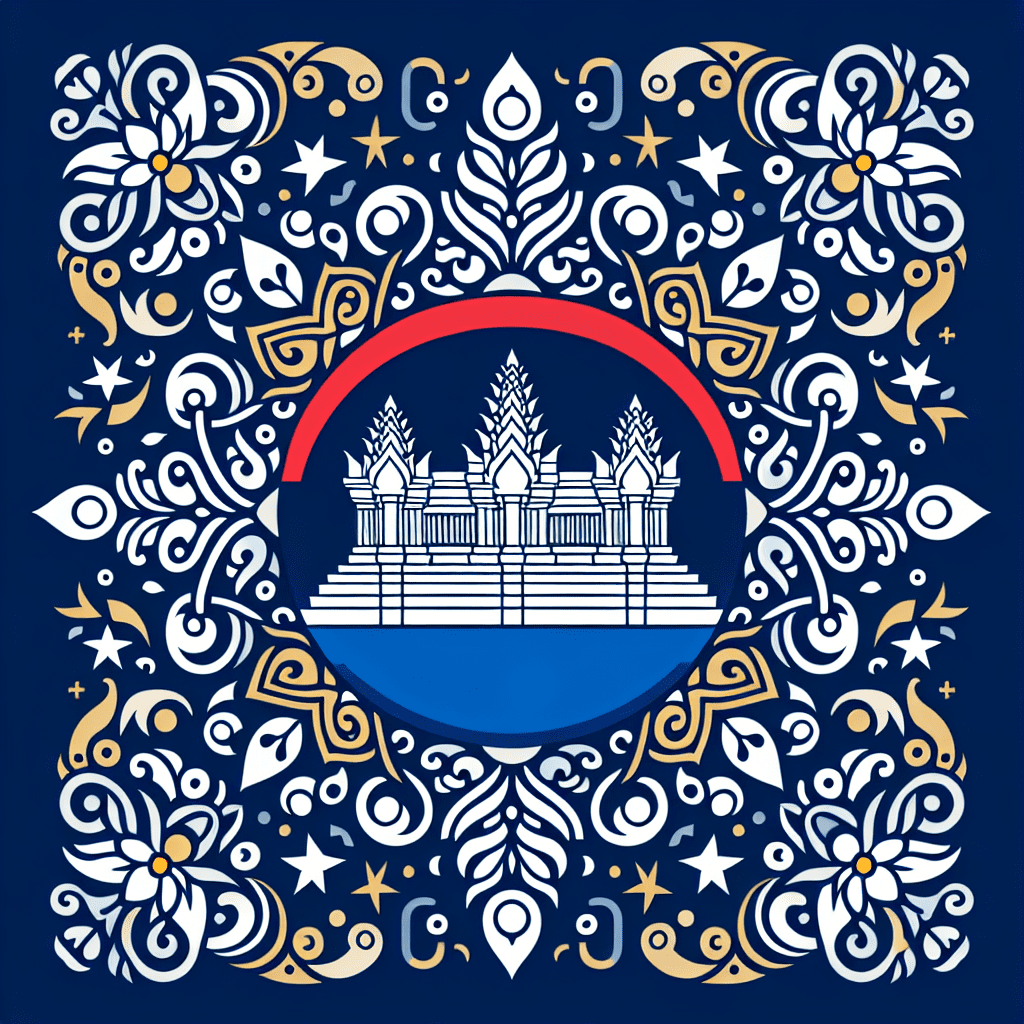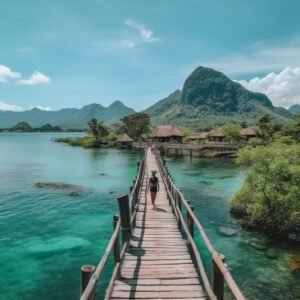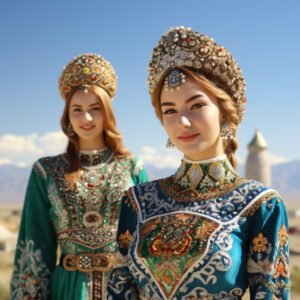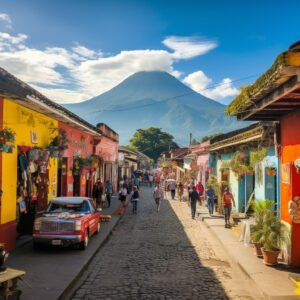
The Rules in Cambodia: A Guide to Understanding the Cultural Norms
Introduction
When traveling to a new country, it is important to familiarize yourself with the rules and cultural norms to ensure a positive experience. Cambodia, with its rich history and vibrant culture, has its fair share of unique customs and regulations that visitors need to be aware of. This guide will provide valuable insights into the rules and cultural norms of Cambodia, helping you navigate your way through this beautiful Southeast Asian country.
Key Elements
Element 1: Respect for Monarchy and Buddhism
Cambodia has a constitutional monarchy, and the King is highly revered by the people. It is crucial to show respect for the monarchy and avoid any disrespectful behavior or speech towards the King or the royal family. Additionally, Buddhism is the predominant religion in Cambodia, and temples are considered sacred places. When visiting temples, it is essential to dress modestly, remove your shoes before entering, and avoid loud conversations or disruptive behavior.
Element 2: Proper Etiquette
Cambodian culture places a strong emphasis on politeness and respect. Greeting others with a friendly “Chum reap suor” (hello) and using respectful language, such as “Som” (Mr.) or “Mou” (Mrs.) when addressing someone, is highly appreciated. When interacting with locals, it is customary to speak softly and avoid confrontational or aggressive behavior.
Element 3: Non-Verbal Communication
Non-verbal communication plays a significant role in Cambodian culture. The traditional Sampeah greeting involves placing both hands together in a prayer-like gesture and bowing slightly. This gesture is used when greeting someone, showing gratitude, or apologizing. It is important to reciprocate the gesture when greeted in this manner. Additionally, pointing at people or objects with your feet is considered rude, so be mindful of your body language.
Element 4: Public Displays of Affection
Cambodian society is relatively conservative, and public displays of affection, especially between couples, are generally frowned upon. It is advisable to refrain from kissing, hugging, or showing intimate behavior in public, as it may be seen as disrespectful or offensive to the local culture.
Element 5: Proper Dress Code
While Cambodia has become more relaxed in terms of dress code in recent years, it is still important to dress modestly, especially when visiting religious sites. Both men and women should avoid wearing revealing clothing, shorts, or tank tops when entering temples or pagodas. It is recommended to carry a scarf or sarong to cover your shoulders and knees, if needed.
Element 6: Cultural Sensitivity – The Khmer Rouge
It is important to approach the sensitive topic of the Khmer Rouge regime with respect and sensitivity. The genocide that occurred during this period is a dark part of Cambodia’s history, and many Cambodians today still bear the scars. Avoid making insensitive or inappropriate remarks about this history, and be mindful of the feelings of the local people when discussing this topic.
Tips for Traveling
- Research and Plan Ahead: Before traveling to Cambodia, familiarize yourself with the country’s customs, laws, and cultural norms. This will help you avoid any unintentional offenses and ensure a more enjoyable trip.
Be Mindful of Your Actions: Show respect for the local culture and customs by observing and following the lead of the locals. Be attentive to your surroundings, maintain a calm demeanor, and avoid engaging in any behavior that may be considered disrespectful.
Dress Appropriately: Pack clothing that adheres to the local customs and dress codes, especially when visiting religious sites. It is better to err on the side of modesty to avoid any misunderstandings or discomfort.
Learn Basic Phrases: While English is widely spoken in tourist areas, learning a few basic Khmer phrases can go a long way in establishing a connection with the locals and showing your respect for their culture.
Ask for Permission: When taking photos of people, especially monks or locals engaged in their daily activities, always seek their permission first. Respect their privacy and consider their cultural norms and beliefs.
Follow Health and Safety Guidelines: Ensure you are up to date with necessary vaccinations and travel advisories. Follow hygiene practices, drink bottled water, and be cautious with street food to prevent any health issues.
Disclaimer
The information provided in this article is for informational purposes only and should not be considered legal or professional advice. It is always best to consult with official sources or seek guidance from local authorities before your trip to ensure compliance with the laws and regulations of Cambodia.


